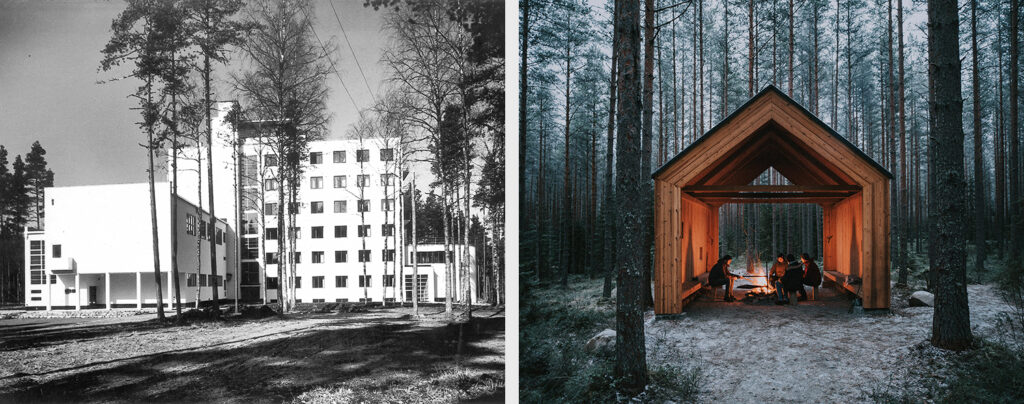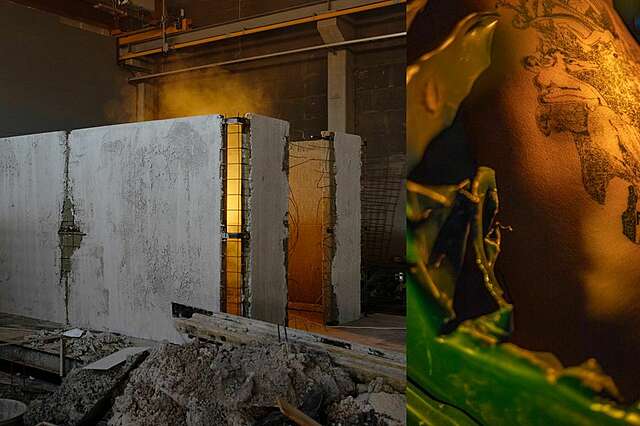Finnish Architecture Navigator’s new moving selection presents Finnish sports and leisure architecture

Public sports and exercise venues are an essential part of Finnishness. Outstanding Sports and Leisure Venues selection in the Finnish Architecture Navigator highlights examples of sports and leisure architecture all around Finland, from swimming halls to duckboards.
As Covid-19 restrictions are slowly being reduced and the weather warms up, sports fields and venues provide relief for our clamped muscles due non-ideal home office ergonomics.
Municipalities and cities have traditionally played a significant role as providers of equal sports services. They are required by law to provide sports services to their residents by building and maintaining sports facilities. Exercise is a basic municipal service and an essential part of the residents’ health and well-being.
Finnish Architecture Navigator’s new collection Outstanding Sports and Leisure Venues brings together examples of Finnish sports and leisure architecture, many of which are recreational areas or places produced by the public authorities.
An interesting example in the selection is Aarno Ervi’s Tapiola Swimming Hall (1965), the future of which remains uncertain. The iconic building is protected by town plan but for some time has been under threat of demolition and is now listed as one of the 14 most endangered European architectural sites.

The selection covers many decades, from the 1930s to today, such as the Vierumäki Sports Institute (1936) designed by Erik Bryggman and inspired by Bauhaus Functionalism, Kupittaa Sports Hall (1971) in Turku designed by Marjatta and Martti Jaatinen, and Rovaniemi Sports Arena Railo (2015, APRT Architects), the winner of the Finlandia Prize for Architecture in 2016. The latest examples are the Kirkkokivi fireplace shelter for hikers (Tilasto 2018) and Lammassaari boardwalk and birdwatching platforms (Studio Puisto Architects and Nomaji Landscape Architects 2018).


